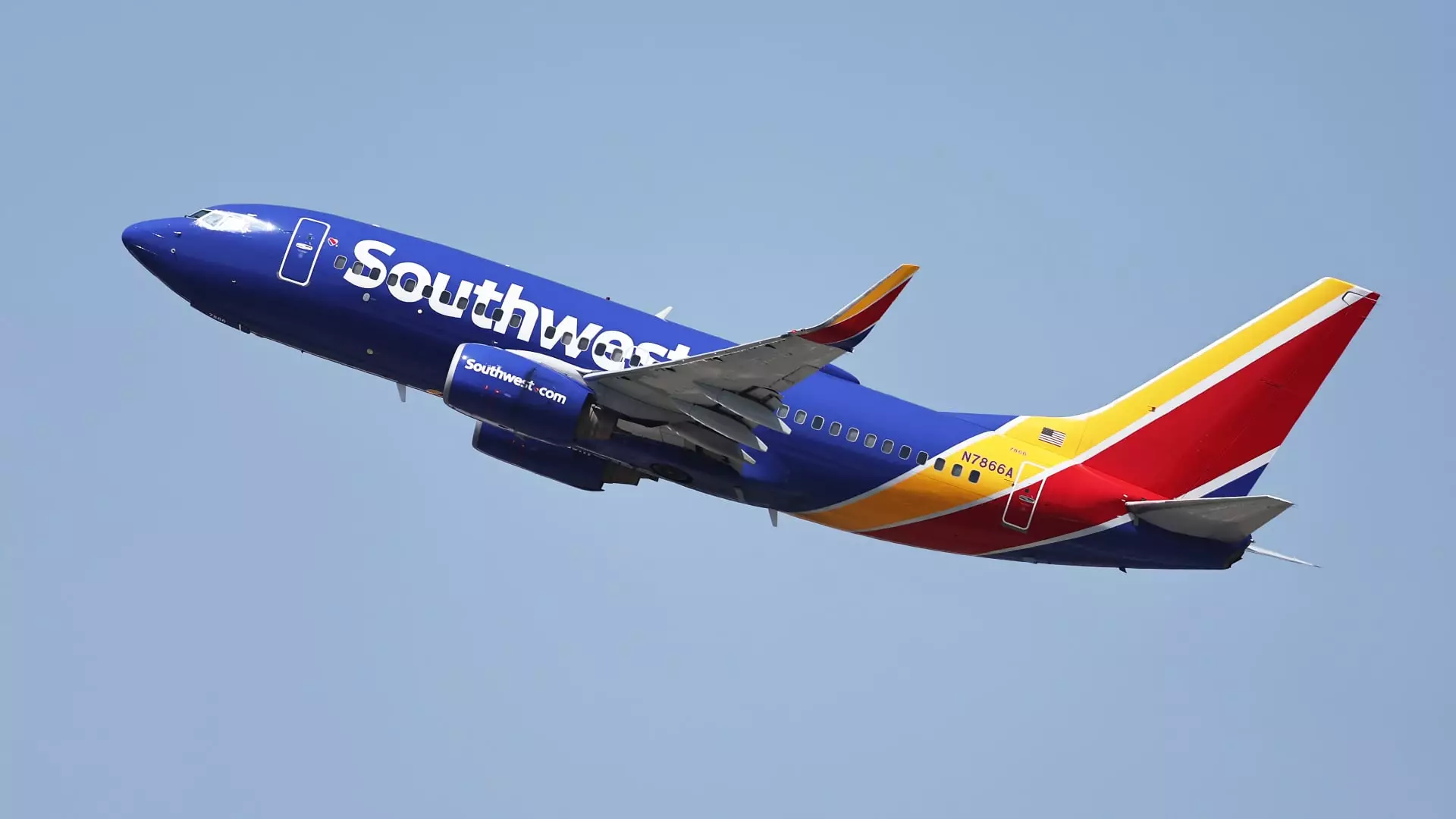In a competitive airline industry, Southwest Airlines stands at a pivotal junction as it grapples with pressure from activist investor Elliott Investment Management. This hedge fund has been urging significant leadership changes while targeting the carrier’s operational inefficiencies. Southwest’s management has responded with a clarion call for transformation, suggesting that challenging decisions will be on the horizon as the airline seeks to enhance profitability. The collaboration—or confrontation—with activist groups like Elliott has become a focal point for many corporations, often leading to intense scrutiny of their business models.
Over the summer, Southwest announced a comprehensive overhaul of its longstanding business approaches, transitioning from a model that once emphasized open seating to a more structured system with assigned seats. This marked shift isn’t just cosmetic; it’s a calculated move aimed at increasing revenues and addressing customer preferences for defined seating arrangements. The introduction of premium seating options and red-eye flights further underscores the airline’s pivot towards profitability. In essence, these measures showcase Southwest’s ambition to capture a wider market segment while appealing to both leisure and business travelers.
In a bid to resonate more with younger consumers, Southwest has revamped its advertising strategies. The intent is clear: to modernize its appeal in a marketplace where loyalty often hinges on contemporary branding and service offerings. Earlier efforts included integrating flight listings with popular travel aggregators such as Google Flights and Kayak. This forward-thinking approach signifies a commitment to not only capturing a young audience but also positioning the airline as a serious contender among rivals who have embraced technology-driven marketing strategies.
Despite reassurances against widespread furloughs, COO Andrew Watterson hinted at potential adjustments to Southwest’s route network and staffing as part of its strategic overhaul. These moves could include scaling back operations in less profitable cities. Such decisions reflect a broader industry trend, as other airlines, including JetBlue, have also recalibrated their services by cutting routes to concentrate on more lucrative flights. While Southwest is navigating these waters carefully, Watterson emphasized the necessity for smart planning to steer the airline back toward financial health.
While some changes might seem daunting, especially to employees, Watterson acknowledged the complexity of navigating through this transformation. As industry watchers await further details at the upcoming investor day in Dallas, the implications of Elliott’s influence and Southwest’s internal decisions are immense. The airline’s leadership faces the formidable task of balancing operational innovations with the workforce’s stability, all while striving to bolster investor confidence. This ongoing evolution may well shape Southwest Airlines’ trajectory for years to come, setting a benchmark in an industry that is perpetually in flux.
As Southwest forges ahead, the alignment of its new initiatives with profitability objectives will be crucial for sustaining its reputation and ensuring long-term success in an unpredictable market.


Leave a Reply